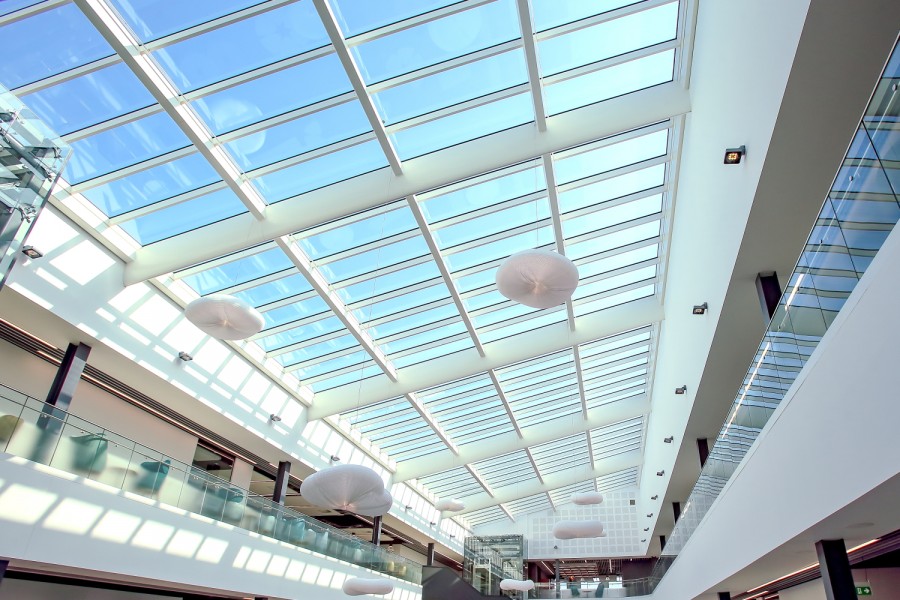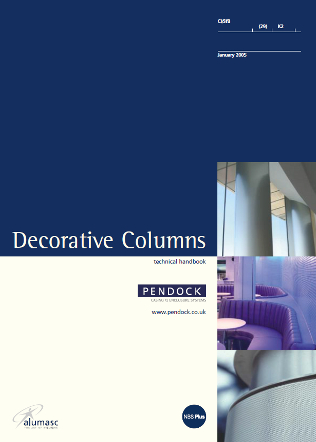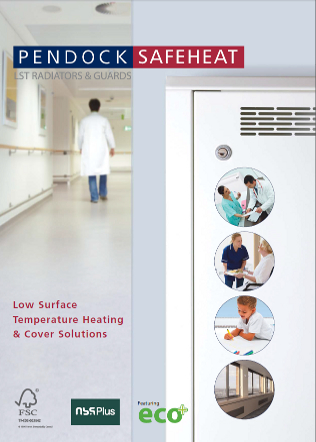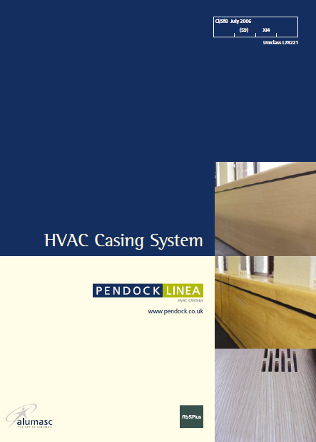Decorative architectural casings and enclosure solutions have been Pendock’s area of specialism for more than three decades, combining the key attributes of aesthetics and practicality to effectively conceal structural elements and building services.
Since the company was formed in 1987, architectural demands have evolved and developed to a point where the understanding, acceptance and application of column casings and building linings are now an integral aspect of building design.

This familiarity with casing solutions has also created opportunities for architectural and specification teams to push the boundaries further and engage with Pendock to develop unique bespoke solutions beyond the more widely accepted and used ‘standard’ products within the range.
Two comparatively early examples of where bespoke casings were used to create unique solutions are at St. Bart’s Hospital in London and the Birmingham’s National Exhibition Centre, Birmingham.
At St. Bart’s, four Pendock Radius column casings span the floor to ceiling height of almost 18 metres, while for the NEC, Pendock manufactured a series of slender aerofoil section fins, finished in red laminate with large metallic numbers, which provide easy identification for the exhibition halls,

It's been more than 15 years since the NEC project was completed, which is testament to the durability of the bespoke casings, but in the intervening period, Pendock has been involved in countless other bespoke projects.
To bring things right up to date, two of the company’s latest projects have involved column casings reaching more than 11 metres high in Didcot, Oxfordshire and an installation in Coventry, where pre-formed curved metal beam casings, from Pendock’s Linea range, are being used to conceal the interior structural supports for a glazed atrium.

Read the full article here

















